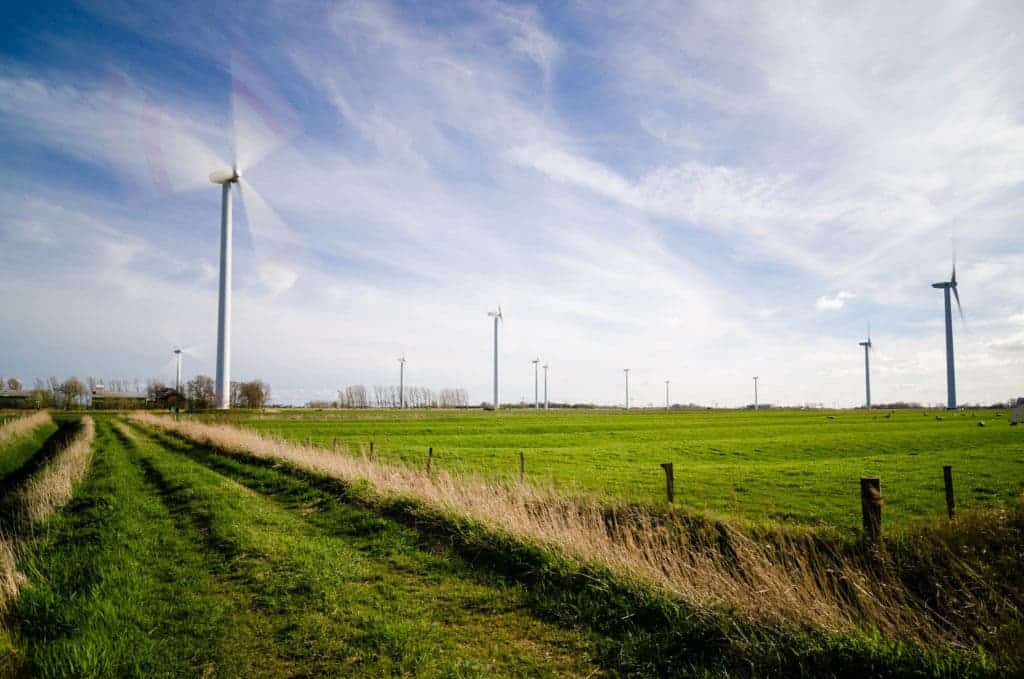Wind power could play a much more significant role in Europe, according to a new analysis from the University of Sussex and Aarhus University. Researchers showed that Europe has the capacity to produce more than 100 times the amount of wind power it currently produces.

The research analyzed all suitable sited for onshore wind farms and concluded that Europe has the potential to supply enough energy for the whole world until 2050. If all its capacity for wind energy was realized, Europe would have an installed capacity of 52.2 TW, which is equivalent to 1 MW for every 16 European citizens.
Nevertheless, reaching this target would mean ramping up onshore wind power production by a factor of more than 100, scientists say. It’s a tough challenge, but the team argues that the world needs to drastically increase wind power to avert the worst consequences of global warming.
“The study is not a blueprint for development but a guide for policymakers indicating the potential of how much more can be done and where the prime opportunities exist,” Benjamin Sovacool, co-author, said. “The horizon is bright for the onshore wind sector.”
A spatial analysis of Geographical Information System (GIS)-based wind atlases allowed the research team to identify around 46% of Europe’s territory which would be suitable for siting of onshore wind farms. The data helped to factor in a far greater range of exclusionary factors including houses and roads.
The study estimates that more than 11 million additional wind turbines could be theoretically installed over almost 5 million square kilometers of suitable terrain generating 497 exajoule (EJ) of power which would adequately meet the expected global energy demand in 2050 of 430 EJ.
According to the authors, Turkey, Russia, and Norway have the greatest potential for future wind power density. Large parts of Western Europe were also considered ripe for further onshore farms by the research because of favorable wind speeds and flat areas.
“Onshore wind power is the cheapest mature source of renewable energy, and utilizing the different wind regions in Europe is the key to meet the demand for a 100% renewable and fully decarbonized the energy system,” said Peter Enevoldsen, assistant professor in the Center for Energy Technologies at Aarhus University






